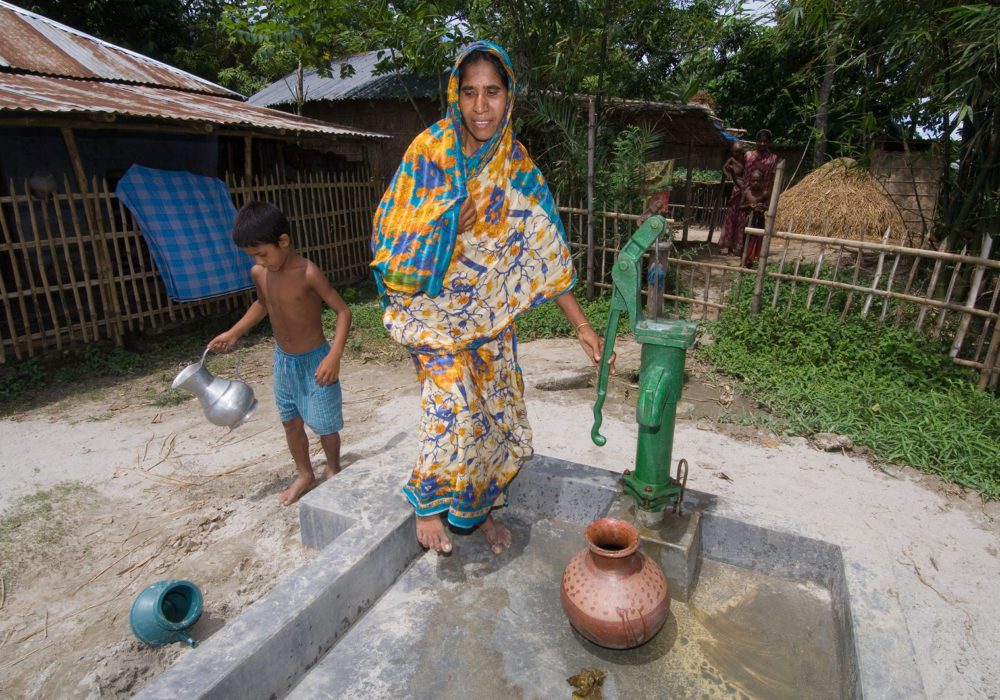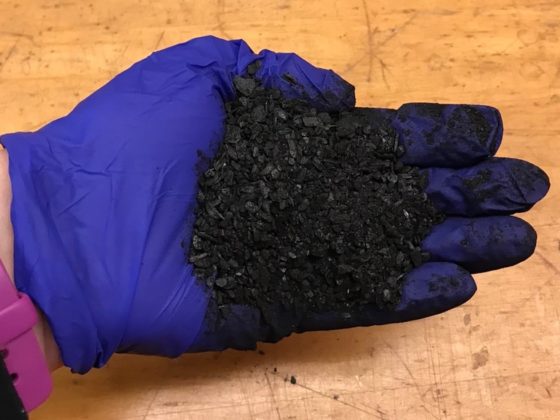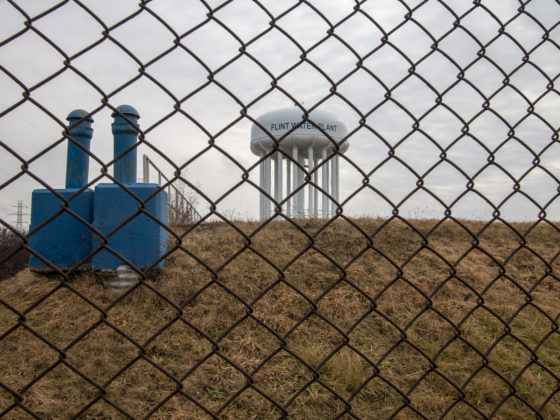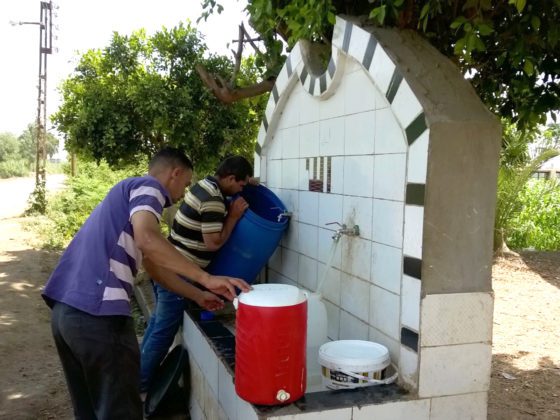Bangladesh’s water history is one of unintended consequences. What initially looked like a success story became a nightmare. After international organizations and the Bangladeshi government had supported a shift away from polluted surface water to groundwater use in the 1980s, arsenic was discovered in the groundwater of many rural areas. Arsenic poisoning has serious adverse health consequences such as cancer, cardiovascular disease, and lung disease, and it also results in visible lesions that stigmatize the sick. Mushfiq Mobarak, a professor of economics at Yale University and founder and faculty director of the Yale Research Initiative on Innovation and Scale, gave a talk in the economics department at the University of Virginia about deep wells in Bangladesh and the challenge of using them to resolve the arsenic challenge.
In the range of potential solutions to the arsenic contamination in groundwater, how do deep wells compare to the other solutions?
Deep wells that are at least 100 meters in depth are effective because they bypass the shallow sediments in the groundwater that are responsible for arsenic contamination. However, their high installation costs and inefficient allocation, as shown in our study and previous studies, remain major limitations. Therefore, other potential solutions should also be considered. These solutions can broadly be categorized in two ways: remove the arsenic before it enters the body through filtration methods, or encourage users to switch to cleaner sources such as uncontaminated shallow wells.
Filtration methods such as point-of-use household filters and larger-scale community-based water treatment systems are both successful in removing arsenic but face many challenges in their effectiveness and long-run sustainability. For example, demand for household filters and subsequent usage are low despite the filters’ potentially large health benefits. Community treatment systems are expensive, and maintenance is logistically difficult. As a result, they are often not sustainable in the long run unless proper institutional maintenance arrangements are enforced. Unless these problems are addressed, I don’t see filtration methods as a viable solution.
Alternatively, the research on encouraging users to switch to cleaner sources through well testing and information campaigns has shown promising results. People may drink from contaminated wells simply because they lack information about which wells are clean and which are not. Since most owners of contaminated wells live within walking distance of a well that is clean, people may switch to clean sources once they are provided the necessary information. Arsenic tests are attractive because they are inexpensive to administer—each individual test only costs as little as USD 2.
You argue that the deep wells are subject to elite capture. How should we understand this? How are you able to study this?
The 2017 Human Rights Watch report showed anecdotal evidence of preferential placement of deep wells closer to political elites: this is elite capture. Findings from a well-testing survey in the Araihazar district of Bangladesh showed that a third of all deep wells were in inaccessible locations, such as inside the compounds of private households. Detailed maps from the blanket well-testing survey also shows a stark clustering pattern across space. In our study, we explore whether that clustering is due to elite capture.
For our study we first collected geo-coded data on the locations of politicians and combined them with geospatial data on well placement across the region. The well data included markings indicating the contamination level of each well. We then overlaid these points on a grid of the entire district of Araihazar. With all locations of elites and wells inside the grid cells, we were able to measure how much influence on the placement of deep wells a politician had, compared to a regular household. In addition, we used the results of two national elections where the ruling political party changed. In this way, we could see if the well placement was affected by the political party of the local politicians under two different ruling national governments—the Bangladesh National Party that ruled between 2003 and 2006, and the Awami League (AL) that took over in 2009 and has ruled since.
Our regression results show that politicians are more likely to have deep wells built near their houses, especially in years when their party controls the national government. Specifically, we see that under the AL government, wells are more likely to be built near local AL politicians. These deep wells are equivalent to 12 shallow wells and have the equivalent well-placement influence of around 24 regular households.
Do you have a sense as to how expensive elite capture is? Or do you view this as the price that we have to pay in a country with weak institutions?
We do have a sense of how expensive elite capture is. From our data, we find that if deep wells were allocated optimally, then 90% of shallow wells would be covered, compared to the actual coverageof only 29%. Elite capture explains one-fifth of the 61-percentage-point loss in coverage. If deep wells were placed optimally, consumption in Araihazar would increase by 7%, assuming that everyone were to switch from drinking from a shallow well to a deep well. Eliminating elite capture alone would increase total consumption by 1.2%.
Elite capture does not have to be the price we pay for such programs. If awareness grows, and interventions are in place to increase the transparency in the placement of wells, then I can see allocation decisions improving. However, the cost and benefits of installing deep wells must be compared to those of other potential solutions that may be cheaper and more effective.
Esther Duflo, Abhijit Banerjee, and Michael Kremer won the Nobel Prize in Economics this year. How does your work relate to theirs? In what respects has your work been influenced by theirs, and in what ways does it differ from theirs?
Esther Duflo and her co-winners Abhijit Banerjee and Michael Kremer have influenced the work of many development economists, including myself. For example, my research on technology adoption and network theory trace back to early randomized controlled trials (RCTs) about why some farmers do not adopt technologies like fertilizer despite their high returns. Overall, the use of RCTs to collect accurate evidence to inform policy has been instrumental in identifying which programs are promising and which are not. Focus has recently turned to the complexities of scaling these promising programs. As a program becomes large-scale policy, what types of effects—in terms of political economy, macroeconomics, and general equilibrium—will occur? And before we implement a program, can we claim whether a program conducted in one location will translate successfully to another context? These questions are important going forward as a field and are the focus of the Yale Research Initiative on Innovation and Scale (Y-RISE).
RCTs are especially pertinent in solving the arsenic poisoning issue, where engineering solutions are insufficient. All solutions I mentioned earlier (water filters, information, etc.) require human decision-making, and that social aspect cannot be ignored. For example, RCTs can be useful in identifying the barriers to adopting household water filters, or in determining how cost-effective well-testing is compared to other interventions. However, as I mentioned, the complexities of scaling these programs are critical to solving this problem.





